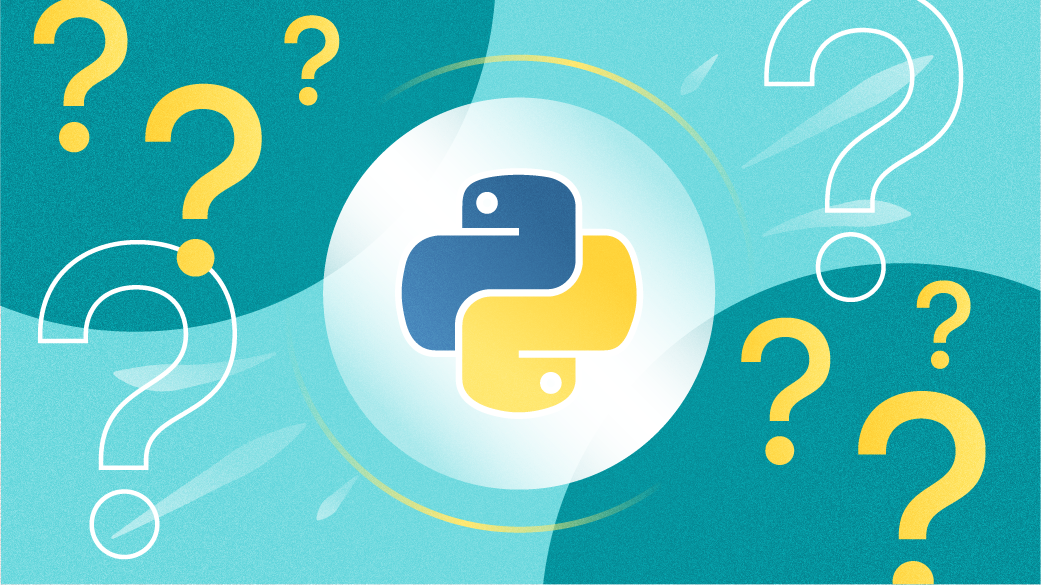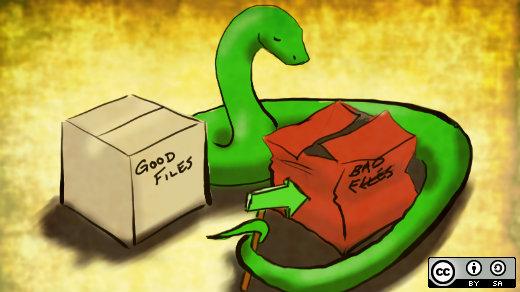Python Environments For Mac
Pipenv & Virtual Environments¶. The next step is to install Pipenv, so you can install dependencies and manage virtual environments. A Virtual Environment is a tool to keep the dependencies required by different projects in separate places, by creating virtual Python environments for them. Installers are available for the latest Python 3 and Python 2 releases that will work on all Macs that run Mac OS X 10.5 and later. Python releases include IDLE, Python's built-in interactive development environment. If you download and install Python from the release page, you may also need to download and install a newer version of Tcl/Tk for.
Last updated: August 14, 2020While installing Python and Virtualenv on macOS Mojave & High Sierra can be done several ways, this tutorial will guide you through the process of configuring a stock Mac system into a solid Python development environment.
First steps
This guide assumes that you have already installed Homebrew. For details, please follow the steps in the macOS Configuration Guide.
Python
We are going to install the latest version of Python via asdf and its Python plugin. Why bother, you ask, when Apple includes Python along with macOS? Here are some reasons:

- When using the bundled Python, macOS updates can remove your Python packages, forcing you to re-install them.
- As new versions of Python are released, the Python bundled with macOS will become out-of-date. Building Python via asdf means you always have access to the most recent Python version.
- Apple has made significant changes to its bundled Python, potentially resulting in hidden bugs.
- Building Python via asdf includes the latest versions of Pip and Setuptools (Python package management tools)
Use the following command to install asdf via Homebrew:
Next we ensure asdf is loaded for both current and future shell sessions. If you are using Fish shell:
For Bash (the default shell on macOS up to and including Mojave):
For Zsh (the default shell on Catalina and Big Sur):
Install the asdf Python plugin and the latest version of Python:
Python Environment For Mac
Note the Python version number that was just installed. For the purpose of this guide, we will assume version 3.8.5, so replace that number below with the version number you actually just installed.
Set the default global Python version:
Confirm the Python version matches the latest version we just installed:
Pip
Let’s say you want to install a Python package, such as the Virtualenv environment isolation tool. While nearly every Python-related article for macOS tells the reader to install it via sudo pip install virtualenv, the downsides of this method include:
- installs with root permissions
- installs into the system /Library
- yields a less reliable environment when using Python built with asdf
As you might have guessed by now, we’re going to use the asdf Python plugin to install the Python packages that we want to be globally available. When installing via python -m pip […], packages will be installed to: ~/.asdf/installs/python/{version}/lib/python{version}/site-packages/

First, let’s ensure we are using the latest version of Pip and Setuptools:
In the next section, we’ll use Pip to install our first globally-available Python package.
Virtualenv
Python packages installed via Pip are global in the sense that they are available across all of your projects. That can be convenient at times, but it can also create problems. For example, sometimes one project needs the latest version of Django, while another project needs an older Django version to retain compatibility with a critical third-party extension. This is one of many use cases that Virtualenv was designed to solve. On my systems, only a handful of general-purpose Python packages (including Virtualenv) are globally available — every other package is confined to virtual environments.
Python Environments For Machine Learning
With that explanation behind us, let’s install Virtualenv:
Create some directories to store our projects, virtual environments, and Pip configuration file, respectively:

We’ll then open Pip’s configuration file (which may be created if it doesn’t exist yet)…
… and add some lines to it:
Python Environments Mac
Now we have Virtualenv installed and ready to create new virtual environments, which we will store in ~/Virtualenvs. New virtual environments can be created via:

If you have both Python 3.7.x and 3.8.x installed and want to create a Python 3.7.8 virtual environment:
Restricting Pip to virtual environments
What happens if we think we are working in an active virtual environment, but there actually is no virtual environment active, and we install something via python -m pip install foobar? Well, in that case the foobar package gets installed into our global site-packages, defeating the purpose of our virtual environment isolation.
Thankfully, Pip has an undocumented setting (source) that tells it to bail out if there is no active virtual environment, which is exactly what we want. In fact, we’ve already set that above, via the require-virtualenv = true directive in Pip’s configuration file. For example, let’s see what happens when we try to install a package in the absence of an activated virtual environment:
Perfect! But once that option is set, how do we install or upgrade a global package? We can temporarily turn off this restriction by defining a new function in ~/.bashrc:
(As usual, after adding the above you must run source ~/.bash_profile for the change to take effect.)
If in the future we want to upgrade our global packages, the above function enables us to do so via:
You could achieve the same effect via PIP_REQUIRE_VIRTUALENV='0' python -m pip install --upgrade […], but that’s much more cumbersome to type every time.
Creating virtual environments

Let’s create a virtual environment for Pelican, a Python-based static site generator:
Change to the new environment and activate it via:
To install Pelican into the virtual environment, we’ll use Pip:
For more information about virtual environments, read the Virtualenv docs.
Dotfiles
These are obviously just the basic steps to getting a Python development environment configured. Feel free to also check out my dotfiles.
If you found this article to be useful, feel free to follow me on Twitter.
Mac OS X comes with Python 2.7 out of the box.
You do not need to install or configure anything else to use Python 2. Theseinstructions document the installation of Python 3.
The version of Python that ships with OS X is great for learning, but it’s notgood for development. The version shipped with OS X may be out of date from theofficial current Python release,which is considered the stable production version.
Doing it Right¶
Let’s install a real version of Python.
Before installing Python, you’ll need to install GCC. GCC can be obtainedby downloading Xcode, the smallerCommand Line Tools (must have anApple account) or the even smaller OSX-GCC-Installerpackage.
Note
If you already have Xcode installed, do not install OSX-GCC-Installer.In combination, the software can cause issues that are difficult todiagnose.
Note
If you perform a fresh install of Xcode, you will also need to add thecommandline tools by running xcode-select--install on the terminal.
While OS X comes with a large number of Unix utilities, those familiar withLinux systems will notice one key component missing: a package manager.Homebrew fills this void.
To install Homebrew, open Terminal oryour favorite OS X terminal emulator and run
The script will explain what changes it will make and prompt you before theinstallation begins.Once you’ve installed Homebrew, insert the Homebrew directory at the topof your PATH environment variable. You can do this by adding the followingline at the bottom of your ~/.profile file
If you have OS X 10.12 (Sierra) or older use this line instead
Now, we can install Python 3:
This will take a minute or two.
Pip¶
Homebrew installs pip pointing to the Homebrew’d Python 3 for you.
Working with Python 3¶
At this point, you have the system Python 2.7 available, potentially theHomebrew version of Python 2 installed, and the Homebrewversion of Python 3 as well.
will launch the Homebrew-installed Python 3 interpreter.
will launch the Homebrew-installed Python 2 interpreter (if any).
will launch the Homebrew-installed Python 3 interpreter.
If the Homebrew version of Python 2 is installed then pip2 will point to Python 2.If the Homebrew version of Python 3 is installed then pip will point to Python 3.
The rest of the guide will assume that python references Python 3.
Pipenv & Virtual Environments¶
The next step is to install Pipenv, so you can install dependencies and manage virtual environments.
A Virtual Environment is a tool to keep the dependencies required by different projectsin separate places, by creating virtual Python environments for them. It solves the“Project X depends on version 1.x but, Project Y needs 4.x” dilemma, and keepsyour global site-packages directory clean and manageable.
For example, you can work on a project which requires Django 1.10 while alsomaintaining a project which requires Django 1.8.
So, onward! To the Pipenv & Virtual Environments docs!
This page is a remixed version of another guide,which is available under the same license.
